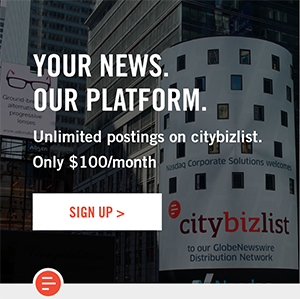
When teams are made up of homogeneous members, creating connections happens automatically. But that rarely happens in today multicultural, multigenerational, diverse and inclusive workforce. The members of your team are increasingly different from each other, and whether you know it or not – if you are the Leader, you’ve got a big challenge facing you.
When people join a group they wonder:
- Will this be a valuable experience?
- Will this be a safe place to learn?
- Will we develop as a community?
- Who are the other members? What will they think of me and what will I think of about them?
- Will I find a way to fit into the group?
- Will this be worth my time?
How will I know? What does that look like? Once these questions are answered, people’s behaviors and contributions will follow. The goal for the leader is to create an awareness of differences and unique talents and characteristics, and celebrate them as well as leverage them.
As a leader, you need to:
- Make sure each person’s voice is heard
- Highlight and welcome differences in an observable way.
- Create a level playing field.
How will you do that? What does that look like?
Assure members who may be less knowledgeable is specific areas that they have a valuable role to play. Connect them to other members who will assist them in developing in those skill areas that are needed. That is how learning becomes part of the environment, making the team a developmental opportunity for every member. Team members should be able to show what they have learned and articulate how thy have grown as a result.



